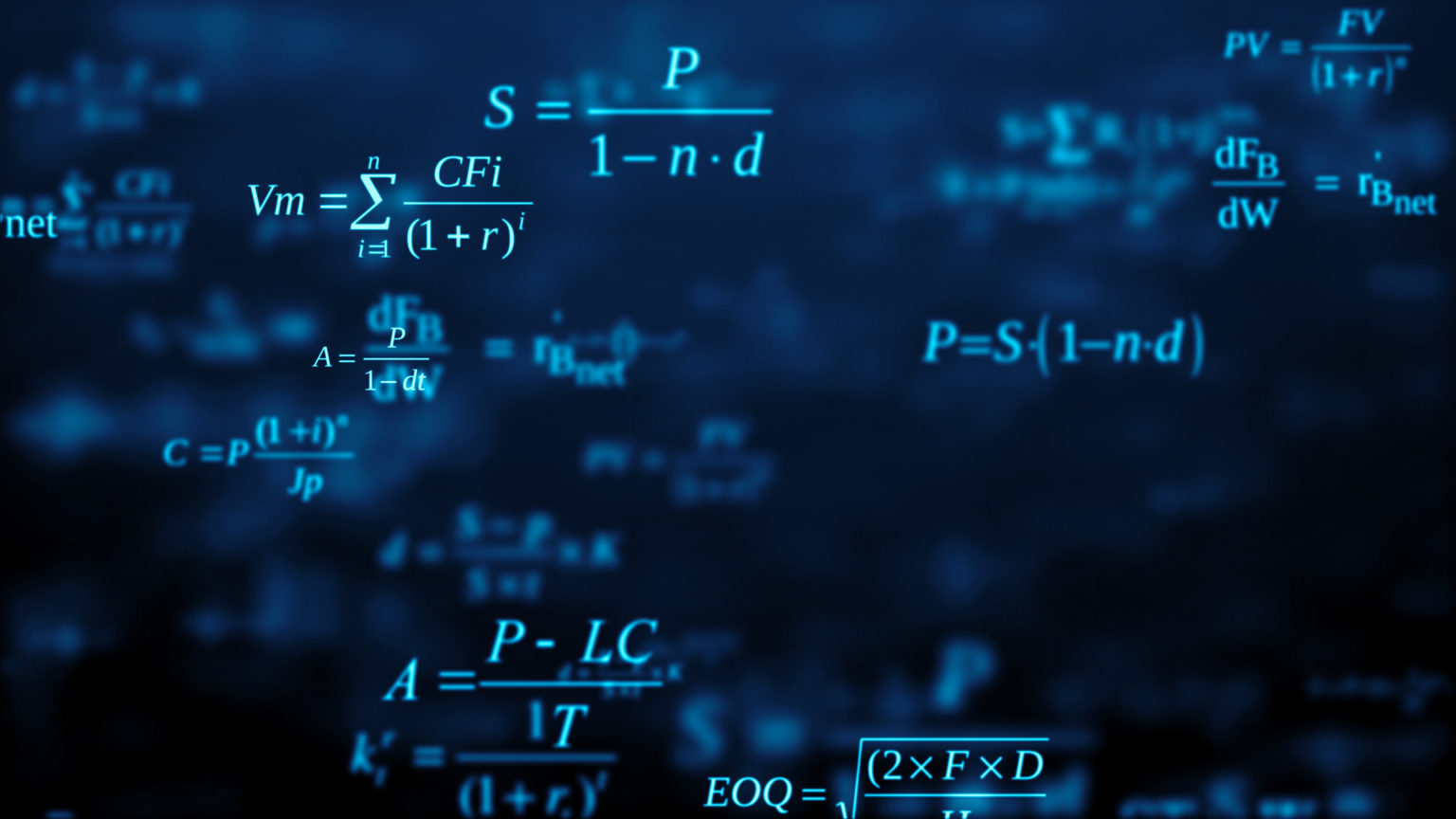Computer science is an expansive field that intersects with various disciplines, and its relationship with mathematics is particularly significant. This article delves into the extent to which mathematics is integral to computer science, examining the various branches of mathematics utilized, the different aspects of computer science that require mathematical comprehension, and the implications for students and professionals in the field. The discussion is structured to inform prospective students and those curious about the mathematical dimensions of computer science.
The Necessity of Mathematics in Computer Science
At its core, mathematics provides the foundational framework for many concepts in computer science. From algorithm design to data structures, mathematical principles underpin a multitude of theories and practical applications. Understanding these principles is crucial for anyone aspiring to navigate the complexities of computational theory and practice.
Mathematics in computer science can be primarily categorized into several branches, each relevant to distinct areas of study and application. These include:
- Discrete Mathematics: This is arguably the most relevant branch of mathematics for computer scientists. Discrete mathematics encompasses structures that are fundamentally discrete rather than continuous, such as integers, graphs, and logical statements. Topics like set theory, combinatorics, and graph theory are vital for understanding algorithms and data structures.
- Linear Algebra: Many applications in computer science, particularly in graphics, machine learning, and data analysis, rely heavily on linear algebra. Concepts such as vectors, matrices, and transformations are essential for developing algorithms that process and manipulate multidimensional data.
- Calculus: While not as universally applicable as discrete mathematics, calculus finds its place in aspects of computer science that involve change, optimization, and modeling. For instance, algorithms in machine learning often depend on gradient descent, a technique intimately related to the principles of calculus.
- Probability and Statistics: The increasing emphasis on data science and machine learning elevates the importance of probability and statistics within computer science. Understanding distributions, statistical inference, and the principles of uncertainty is crucial for making data-driven decisions in algorithm design and analysis.
- Formal Methods: These mathematical techniques are employed to prove the correctness of algorithms and programs, addressing critical areas such as software development and verification. Knowledge of propositional logic and predicate logic is fundamental for engaging with these methods.
Mathematics in Different Areas of Computer Science
Mathematical concepts manifest in various subfields of computer science:
- Algorithm Design: Mathematics provides the tools necessary for analyzing algorithms’ efficiency, particularly through the lens of complexity theory. Time complexity and space complexity are quantified using Big O notation, which roots its principles in mathematical analysis.
- Data Structures: Understanding the linear and non-linear arrangements of data necessitates knowledge of mathematical properties. Trees, graphs, and hash tables—common data structures—rely on discrete mathematics for their classification and operational efficiency.
- Software Engineering: Formal methods play a crucial role in software verification, ensuring that the software behaves as intended. This aspect of software engineering requires a firm grasp of logic and set theory.
- Artificial Intelligence and Machine Learning: The development of intelligent systems hinges on mathematics. Algorithms for neural networks, decision trees, and clustering all involve extensive mathematical theory, from linear algebra to probability.
- Computer Graphics: Mathematics is essential in rendering images and animations. Techniques such as ray tracing and transformations require an understanding of geometry and linear algebra to create realistic visual effects.
Real-World Applications and Career Implications
For students contemplating a degree in computer science, it’s crucial to recognize that a solid mathematical background often correlates with success in the field. The ability to think analytically and solve complex problems is forged through the study of mathematics.
In terms of career trajectories, roles in data science, machine learning engineering, and algorithm research invariably demand a strong mathematical foundation. Employers frequently seek candidates who can demonstrate proficiency in mathematical reasoning and quantitative analysis.
Challenges and Misconceptions
A common misconception among prospective students is the belief that computer science is merely about coding and software development. While programming is a vital skill, understanding the underlying mathematical principles is equally essential. Students may encounter challenges in grappling with abstract concepts, but such challenges ultimately foster critical thinking and problem-solving skills, which are indispensable in tech-driven workplaces.
Conclusion
In summary, while computer science encompasses a broad array of skills, the influence of mathematics is pervasive and profound. Whether one is interested in theoretical concepts, practical applications, or the art of programming itself, a firm grasp of mathematical principles is indispensable. Students and professionals alike must appreciate the nuanced role mathematics plays in computer science, as it not only enriches understanding but also enhances capability in a field that continues to evolve and expand. Thus, those with a penchant for math may find a particularly rewarding journey in computer science.












